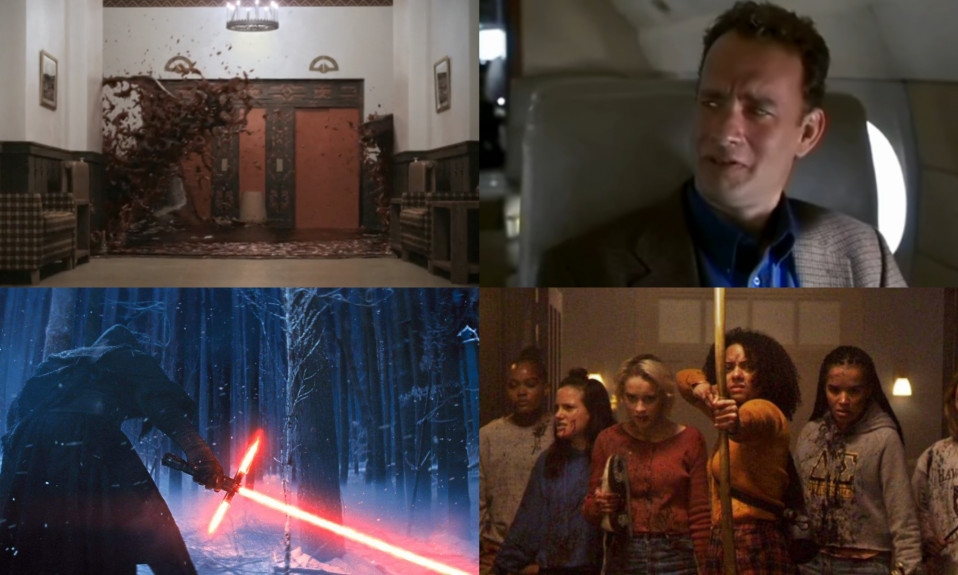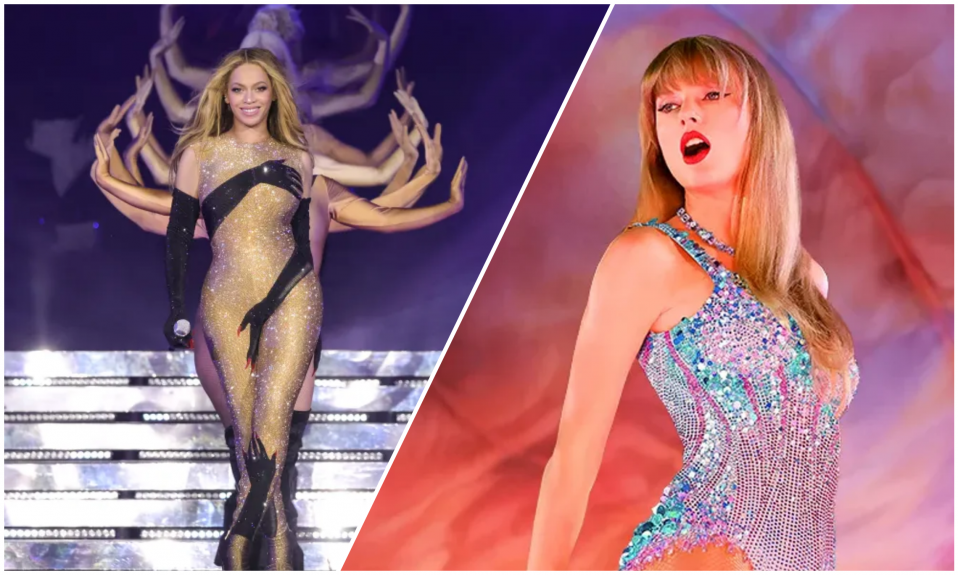Sometimes a trailer can be truly special and not just a marketing tool. But it’s also incredibly easy for a trailer to make a mistake and become instantly derided. What does it take to make a great trailer?
Today we’ll look at the different techniques used in trailer production, the various ways trailers present film stories, and whether different rules must be considered when creating trailers for standalone and franchise films, to see how trailers (across genres) work to entice audiences. And if these practices help their reception.
Too Much or Not Enough
One common complaint about trailers is that they reveal too much plot information or give away the film’s best parts. For example, the trailer for 2019’s Black Christmas remake effectively showed the film’s entire plot, including the ending. It seems baffling but trailers often spoil films so the story can grab the audience’s attention in a crowded market. Unfortunately sacrificing the narrative’s surprise factor for ticket sales.
The obvious solution is to show less. And there are some great trailers that focus more on establishing mood than story e.g. A Clockwork Orange and Alien. However, sometimes trailers obscuring a movie’s content can lead to the film being misrepresented which can confuse viewers. For example, Sweeney Todd’s trailer prompted complaints from cinemagoers for not sufficiently showing that it was a musical. Trailers, therefore, are constantly attempting to try and reveal just enough information to entice audiences without spoiling everything.
Standalone Vs Franchises
Many may also think that it’s comparatively easier to market a franchise over a standalone film. As franchise films already have an inbuilt audience. Whereas standalone films don’t. Meaning they must work harder to reach an audience. That said, franchise films still need to give audiences a reason to return. And marketing a film based on prior successes doesn’t necessarily encourage new viewers.
Some great franchise trailers that get around this are the trailers for Star Wars: The Force Awakens and Avengers: Endgame. Both have moments made to appeal to series fans. They also give some information about the franchise to provide context for general audiences while also leaving out a lot of specific plot information to entice viewers to see the films. Thus like their standalone counterparts, franchise trailers also need to hook their audience while preserving an air of mystery.
Making A Trailer
Beyond story content, there are other trailer production elements that impact audience perception. Researcher Ping Feng compared many trailers for financially successful films across several genres between the 1950s and 2010s. They found that the average shot length of trailers has been decreasing over the decades. Modern trailers also include a lot of movement within the frame (shorter shots contain more motion) and many successful trailers throughout the years had a lot of camera motion. Which is done to keep an audience’s attention.
And trailers are also cut to a soundtrack. Generally, the music/soundscape also evokes the story’s genre. Although sometimes trailers will use contrapuntal sounds that go against what you would expect to make them stand out (the Clockwork Orange trailer melds the upbeat William Tell overture with images of harsh violence). It’s an effective technique that heightens viewer engagement and emotion.
Sometimes though the use of music and overcutting can be distracting. The use of popular songs and the growing trend of genre-specific song covers sometimes comes across as an indulgence rather than being a fitting aesthetic choice. And the short shot length and constant motion can be very exhausting for viewers. It also allows little time to take in information while also demonstrating a lack of faith in the audience’s attention span.
The Formula
Based on the information provided the best way to ensure a trailer sticks with audiences, whether it’s an independent self-contained film or a multimillion-dollar franchise entry, is to not overdo everything. Audiences should leave a trailer knowing enough to be interested. But not enough to ruin the experience. Movement can create a lot of excitement but too much can be overwhelming. And music should serve the atmosphere of the trailer. Not just play on an audience’s fondness for a song. When these methods are employed trailers can be works of art in their own right.
Also Read: The Formula For A Successful Film













